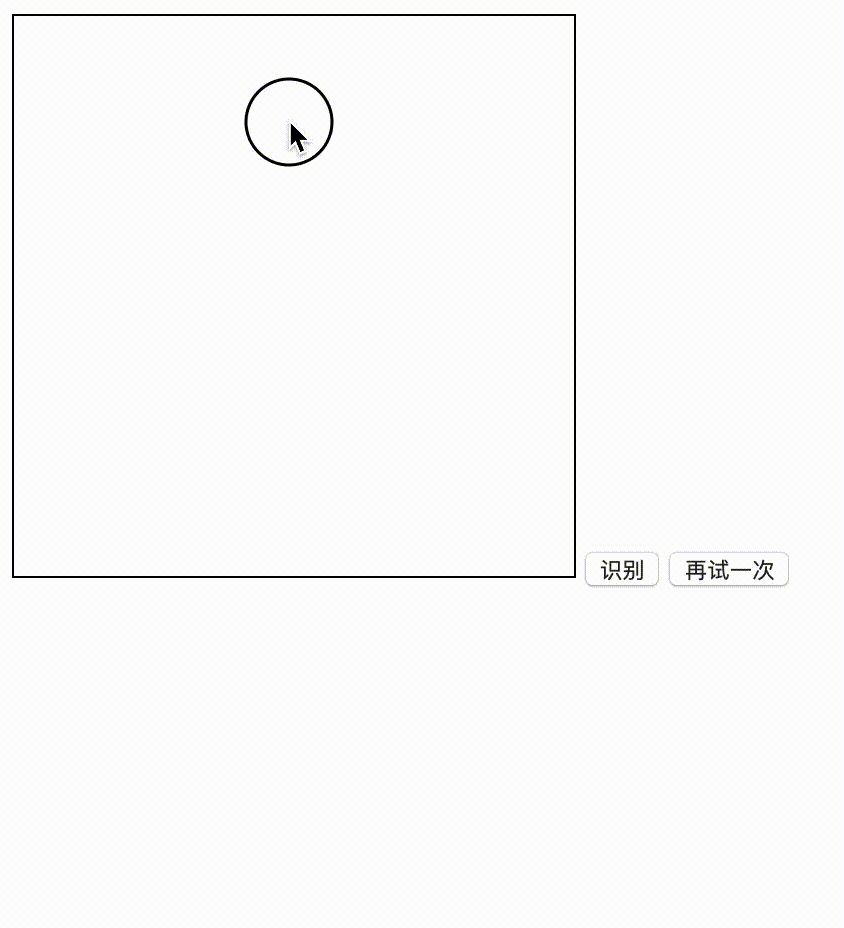Deep Learning 之 Hello World Demo
数字识别 Demo,基于 Python 训练出的模型,将 b 和 w 取出,并将 feedForward 函数用 JS 实现。效果并不是太好,但在模拟训练集的笔画后,大体上能识别出来。
- 效果展现
- 核心代码
- 在线 Demo
- Python 参数获取
效果展现

Demo JS 代码
最核心的代码如下,通过 numjs 用于实现
\[a^{(L)} = \sigma (w^{(L)}a^{(L - 1)} + b^{(L)})\]class NetWork {
constructor(sizes, biases, weights) {
this.num_layers = sizes.length;
this.sizes = sizes;
this.biases = biases;
this.weights = weights;
}
feedForward(input) {
var a = nj.array(input);
for (var layer = 1; layer < this.num_layers; layer++) {
var weights = nj.array(this.weights[layer - 1]);
var biases = nj.array(this.biases[layer - 1]);
a = nj.sigmoid(
nj.add(
nj.dot(weights, a).reshape(biases.shape),
biases
)
);
}
return a;
}
}
在线Demo
Python 取出参数代码
fo = open('w0.txt', 'w')
np.set_printoptions(threshold = np.prod(self.weights[0].shape))
fo.write(repr(self.weights[0]));
fo.close();
fo = open('w1.txt', 'w')
np.set_printoptions(threshold = np.prod(self.weights[1].shape))
fo.write(repr(self.weights[1]));
fo.close();
fo = open('b0.txt', 'w')
np.set_printoptions(threshold = np.prod(self.biases[0].shape))
fo.write(repr(self.biases[0]));
fo.close();
fo = open('b1.txt', 'w')
np.set_printoptions(threshold = np.prod(self.biases[1].shape))
fo.write(repr(self.biases[1]));
fo.close();
Comments
Leave a comment